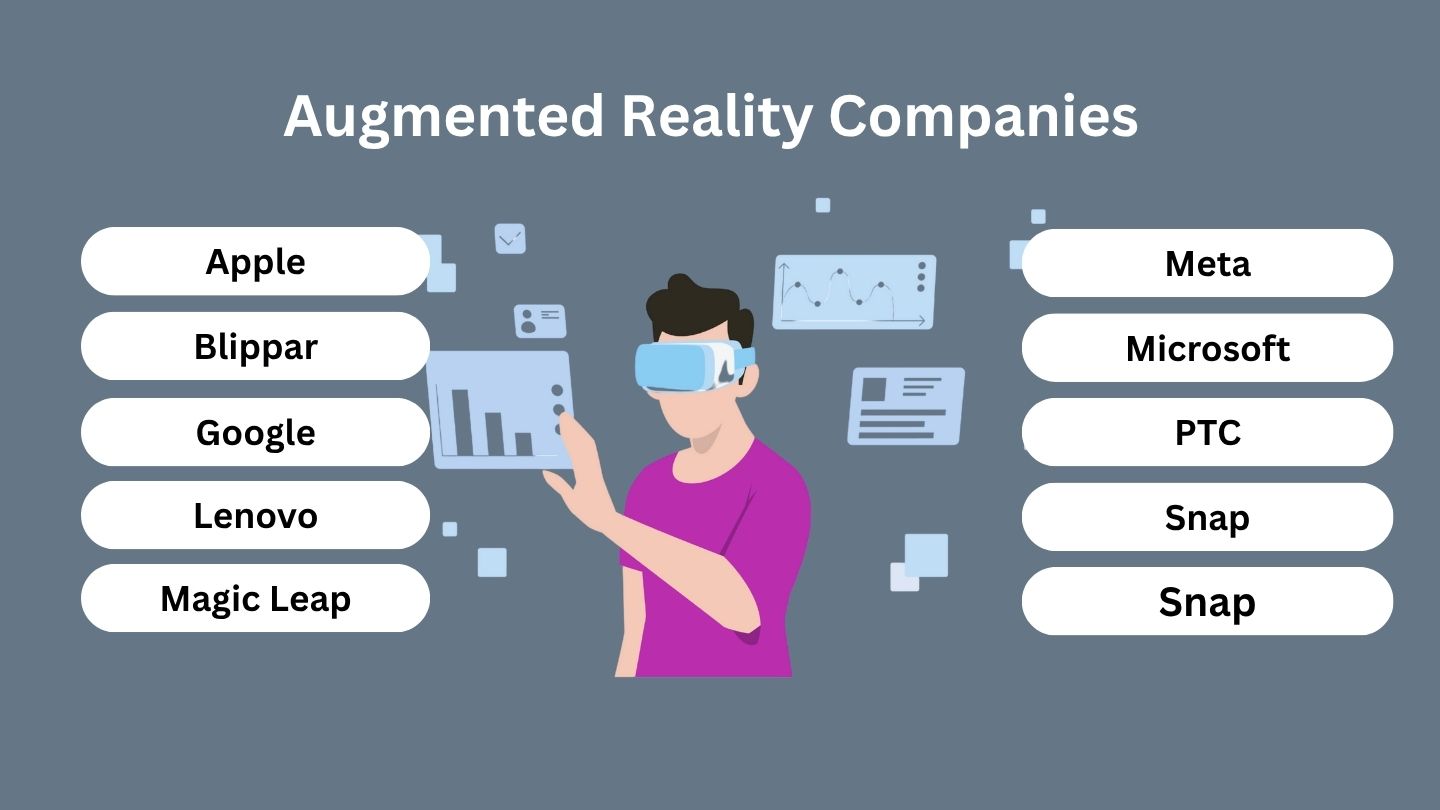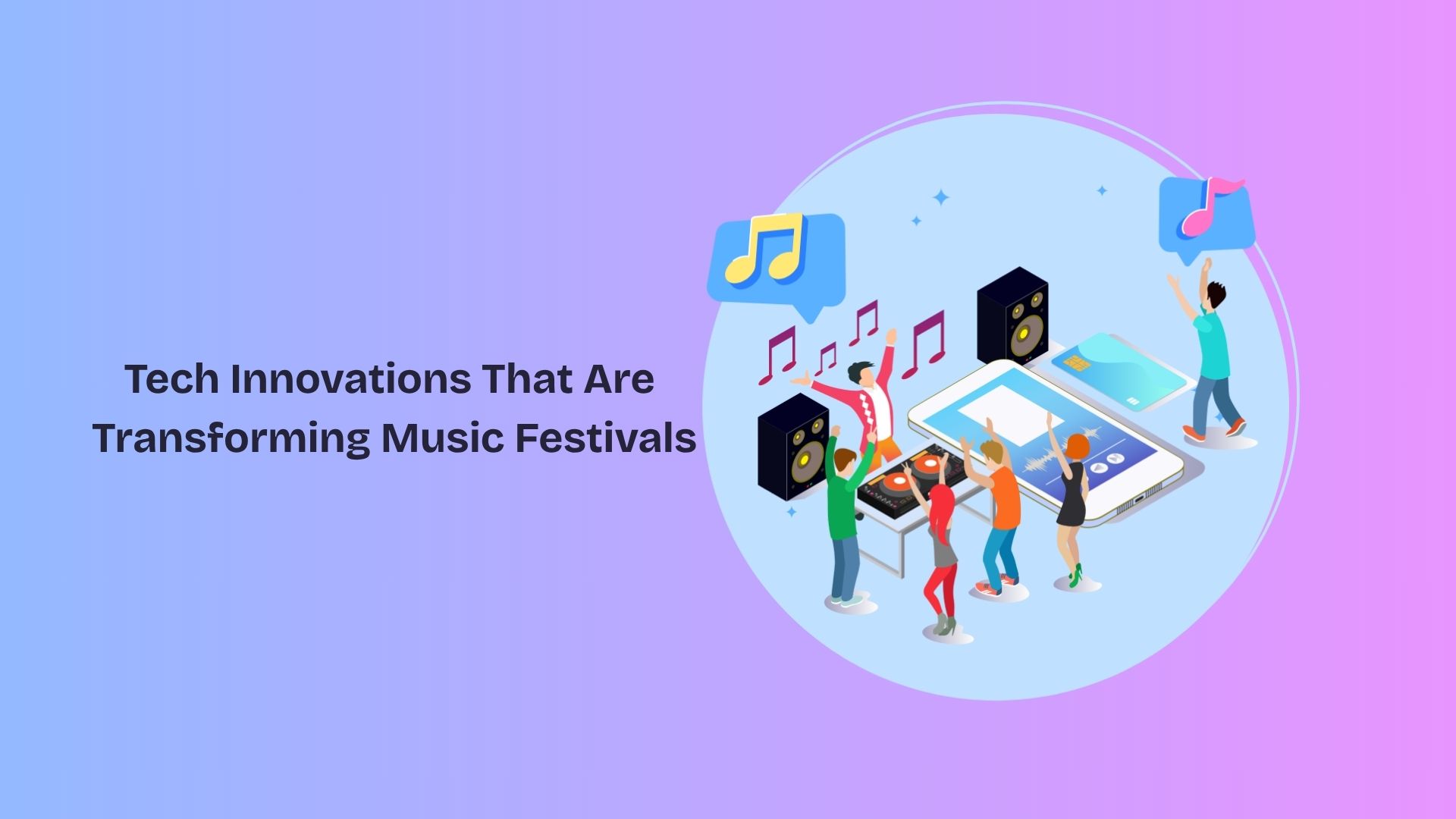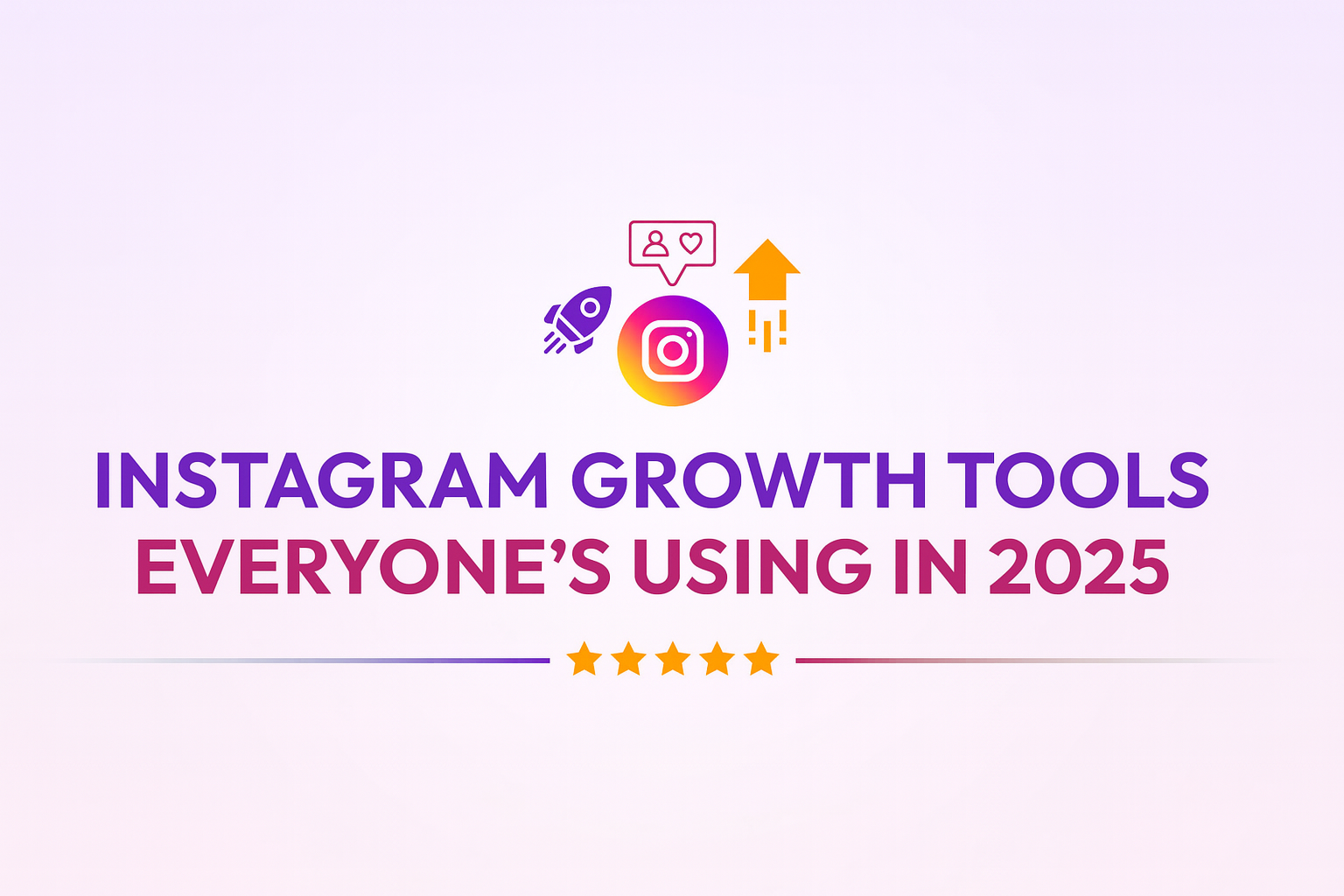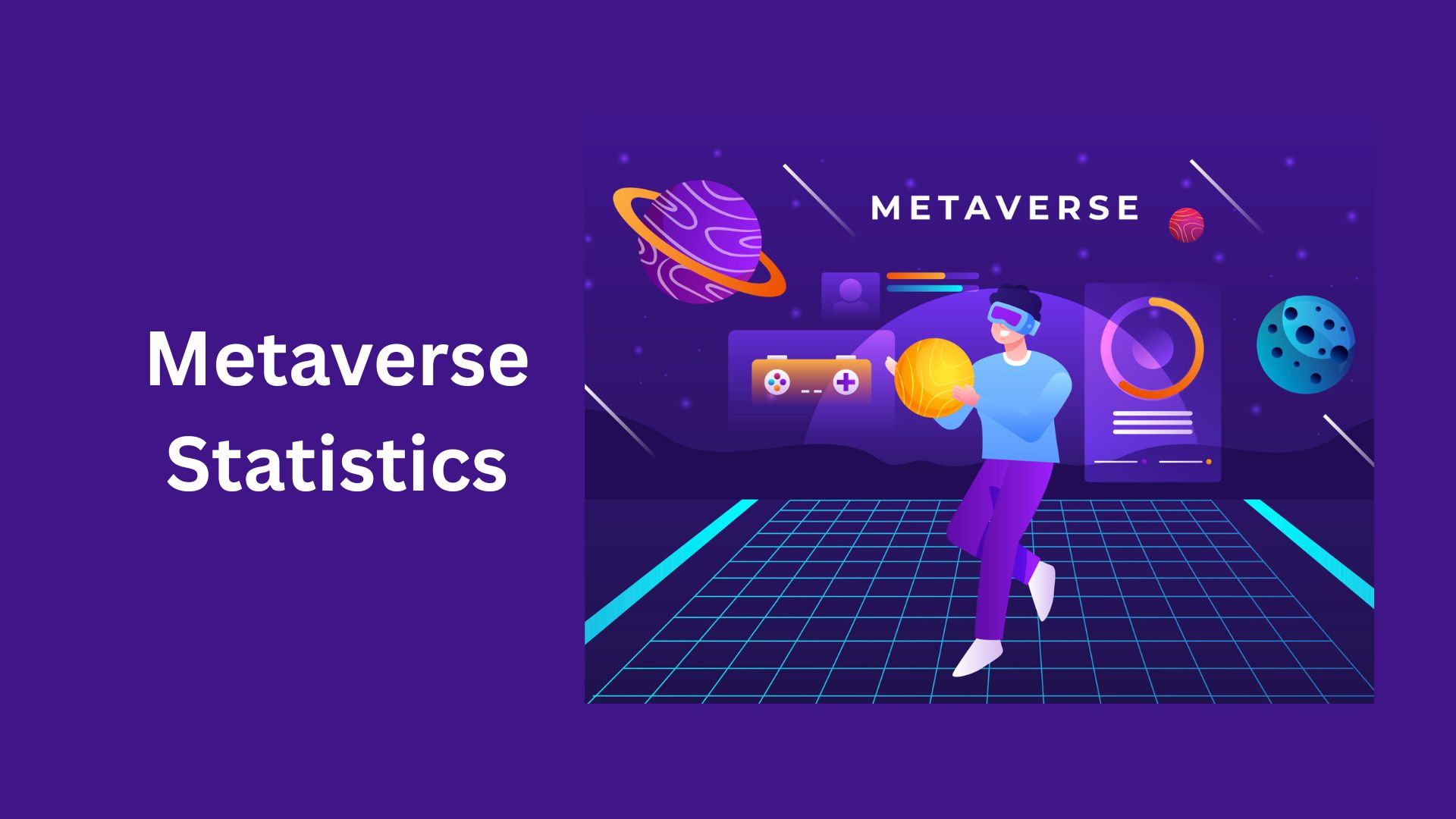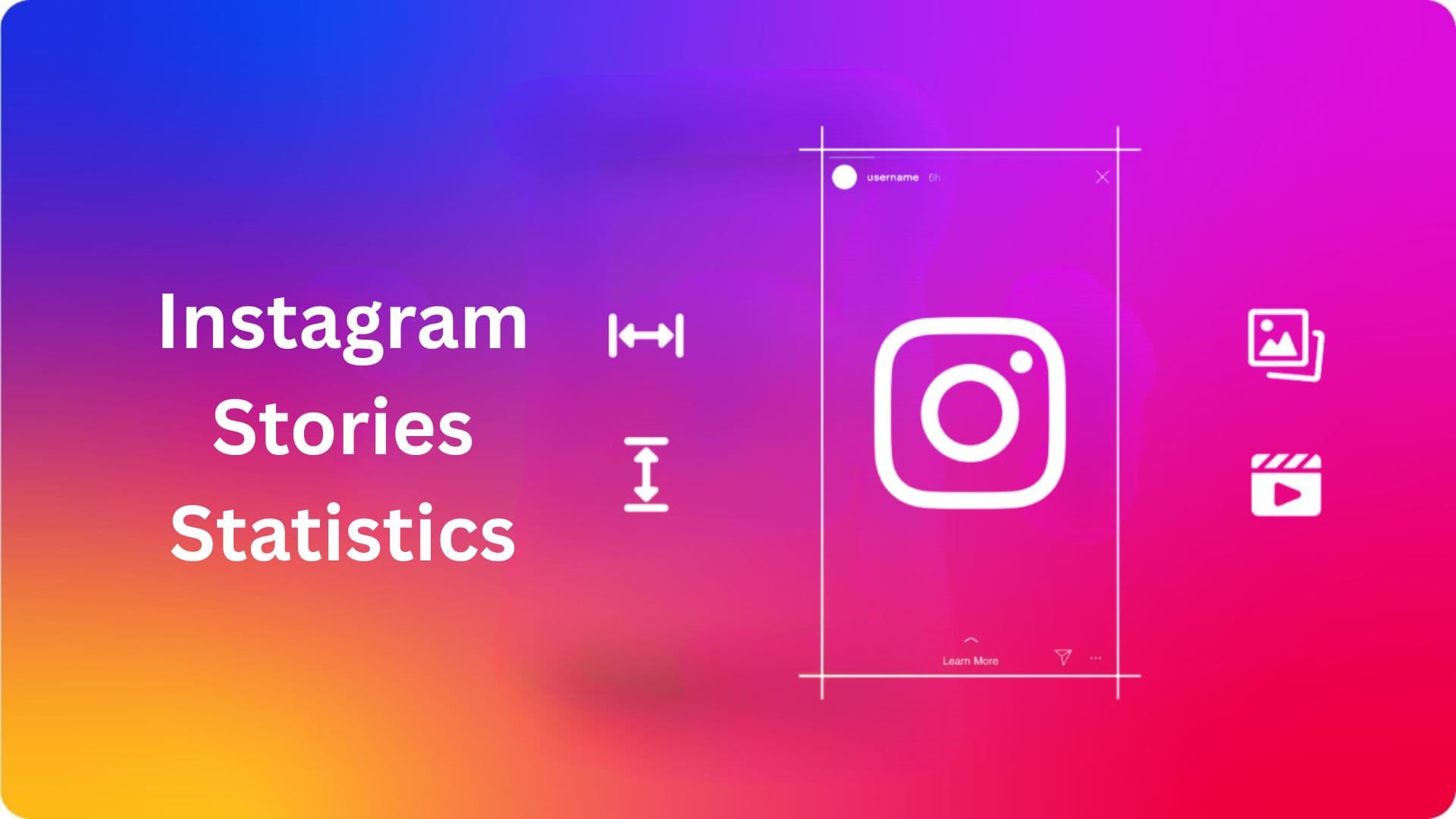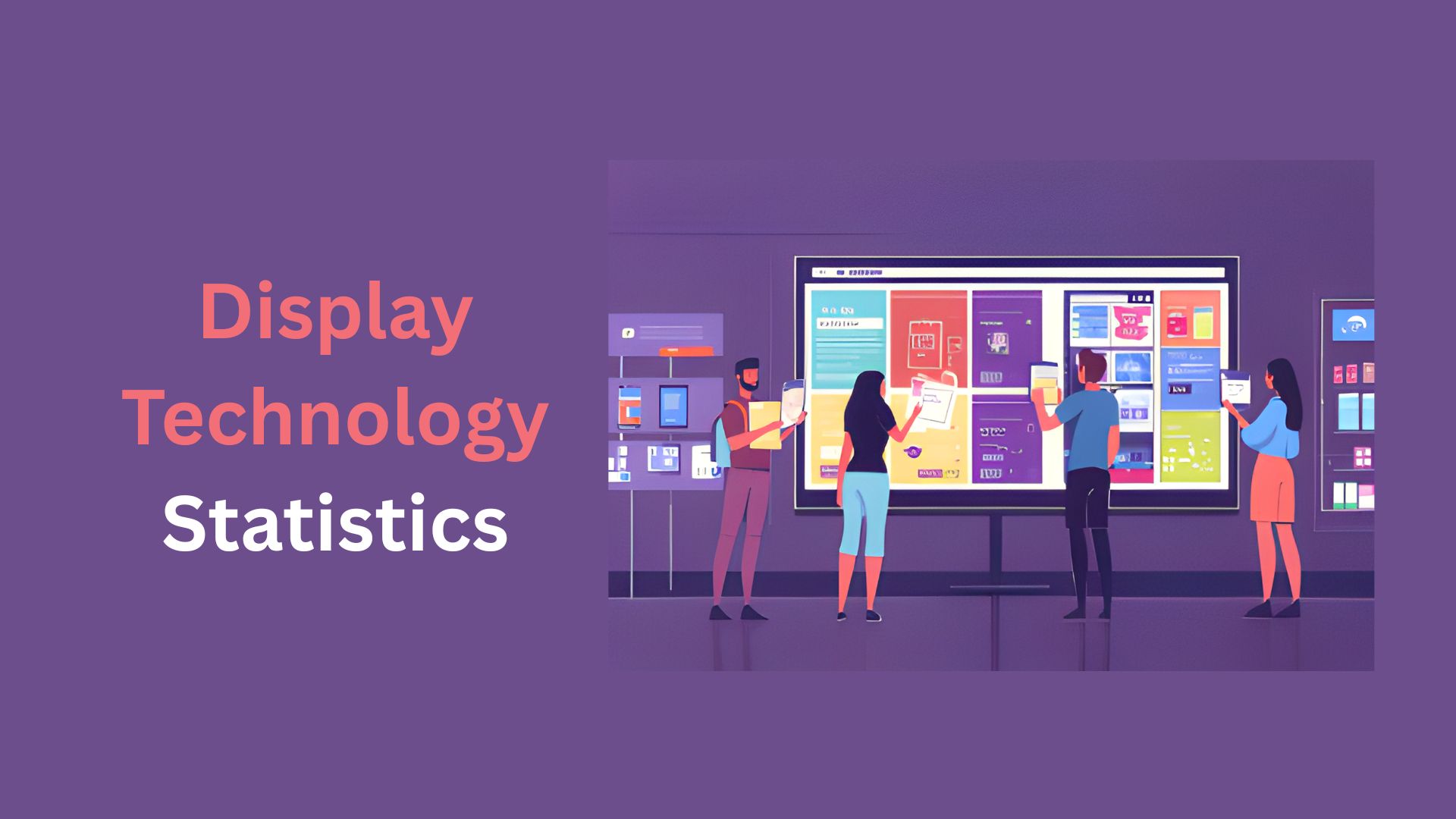Analyzing Gaming App Popularity Through Roblox vs Fortnite Statistics
Updated · Jul 28, 2025

Table of Contents
- Registered Users: The Numbers Behind Gaming’s Biggest Platforms
- Monthly Active User Trends: Seasonal Patterns Reveal Platform Differences
- Daily Engagement: How Users Interact With Each Platform
- Age Demographics: The Generation Gap Between Platforms
- Revenue Models: Two Paths to Gaming Profits
- Developer Ecosystems: Creator Communities and Platform Philosophy
- Future Growth: Market Trends and Expansion Predictions
Two titans dominate the gaming universe, each commanding hundreds of millions of players. Roblox’s 114.6 million monthly active users face off against Fortnite’s 126 million, but these numbers only scratch the surface.
Behind these figures lies a fascinating story of contrasting business models, divergent user demographics, and different approaches to building digital communities. Roblox captures younger audiences with creator-driven experiences like virtual fashion shops and nickname generator tools that let players customize their identities, while Fortnite attracts older players through polished, competitive gameplay.
Let’s break down exactly what sets these gaming powerhouses apart and what their Roblox vs Fortnite stats reveal about the future of interactive entertainment.
Registered Users: The Numbers Behind Gaming’s Biggest Platforms
The scale of today’s gaming platforms is staggering. Roblox projects 8.6 billion accounts by 2025—exceeding Earth’s population of 8.2 billion—while Fortnite reached 650 million registered users in 2023.
Raw registration numbers tell only part of the story. Roblox users show deeper platform engagement, spending an average of 2.5 hours daily within its ecosystem. Fortnite’s growth from 20 million users in 2017 to 650 million in 2023 reflects a more measured but consistent expansion.
Both platforms face similar challenges with account duplication and inactive users. For a clearer picture of true popularity, daily active user (DAU) metrics provide better insight: Roblox maintains 88.9 million daily active players, while Fortnite shows more seasonal fluctuations in its daily engagement patterns.
Monthly Active User Trends: Seasonal Patterns Reveal Platform Differences
Roblox demonstrates more volatile engagement cycles with pronounced seasonal swings. The platform saw a remarkable 20.3% MAU surge (19.3 million new users) between May and June 2025, contrasted with predictable post-holiday drops of 6.5% in January 2025.
These fluctuations align with Roblox’s younger audience, showing dramatic spikes during school breaks and holiday periods—November 2024 saw a 30% MAU increase. With approximately 114.6 million monthly active players as of June 2025, Roblox continues its impressive growth trajectory.
Fortnite presents a more stable pattern, growing from 78 million MAUs in 2018 to 126 million in 2023. This steadier curve suggests stronger retention among its predominantly 18-24 year old audience (62.7% of players).
The platforms employ fundamentally different retention strategies. Roblox leverages its 4.2 million developers to create constant content updates, while Fortnite relies on high-profile events and limited-time modes to drive periodic engagement surges.
Daily Engagement: How Users Interact With Each Platform
The engagement contrast becomes even sharper when examining daily usage patterns. These Roblox vs Fortnite stats show that Roblox consistently maintains over 77.5 million daily active users as of mid-2025, while Fortnite averages just 1.5 million DAUs during normal periods.
Fortnite usage follows a clear distribution: 70% of players spend under 10 hours weekly, with only 5% exceeding 21 hours. American Fortnite players typically invest 14.8 hours weekly across various gameplay modes. The platform shows dramatic spikes during special events, reaching 44.7 million DAUs—nearly 30 times its baseline.
Roblox shows more consistent engagement patterns, with 21% DAU growth over 18 months and a 20.3% month-over-month increase in June 2025. This steady upward trajectory suggests deeper, more persistent user engagement compared to Fortnite’s event-driven spikes.
Age Demographics: The Generation Gap Between Platforms
The user demographics reveal perhaps the starkest contrast between these gaming giants. Roblox dominates youth markets with 58% of users under age 16, while Fortnite attracts an older audience, nearly half (49.59%) falling between ages 18-34.
This age divide creates distinct engagement patterns. Roblox’s younger base (80%) favors mobile access and user-generated content, generating 6.6 billion play hours among under-13s quarterly. Fortnite’s mature demographic (with 25-34 year olds being the largest segment at 25.46%) gravitates toward competitive gameplay and limited-time events. Data shows that over 40% of Roblox players are 12 or younger.
Gender distribution further differentiates these platforms—Roblox maintains a more balanced 53% male to 39% female ratio compared to Fortnite’s predominantly male (72%) user base. Both platforms show aging trends, with Roblox’s over-17 DAU increasing from 31% to 41% since 2020.
Revenue Models: Two Paths to Gaming Profits
Despite operating in the same industry, these platforms have built entirely different revenue engines that reflect their core business philosophies.
Fortnite’s closed ecosystem generates $16 million daily ($$16 million daily ($102 per user annually) through Epic-controlled microtransactions and limited-time events that create urgency-driven spending. With an average daily revenue of approximately $2.74 million from microtransactions alone, Fortnite earns about $$2.74 million from microtransactions alone, Fortnite earns about $1.90 every second. Their avatar economy remains strictly proprietary, with exclusive skins driving substantial revenue.
Roblox takes a different approach, empowering creators within an open marketplace that generates consistent $90-122 million monthly revenues through diversified monetization channels. Their developer-friendly approach enabled 885 creators to earn $$90-122 million monthly revenues through diversified monetization channels. Their developer-friendly approach enabled 885 creators to earn $100,000+ in 2023, far exceeding Fortnite Creative’s engagement-based payouts.
These contrasting strategies highlight different approaches to user value: Fortnite’s curated, top-down model versus Roblox’s community-driven ecosystem. While Fortnite’s lifetime revenue exceeds $42 billion, Roblox’s creator economy offers greater sustainability through economic diversification and community ownership.
Developer Ecosystems: Creator Communities and Platform Philosophy
Looking at developer ecosystems reveals fundamental philosophical differences between the platforms.
Roblox supports over 5 million creators compared to Fortnite’s 25,000, reflecting dramatically different approaches to content creation. This translates directly to creator success: 885 Roblox developers earned $100,000+ in 2023 (versus 368 in Fortnite), with 105 Roblox developers becoming millionaires compared to Fortnite’s 43.
Roblox’s 20-year evolution has produced a decentralized marketplace with varied monetization pathways, while Fortnite’s year-old Creative system operates through a centralized fund model. Roblox emphasizes persistent co-creation in shared spaces with robust social features, while Fortnite balances its battle royale core with event-driven experiences.
The platforms represent opposing development philosophies: Roblox prioritizes accessible tools fostering widespread participation, while Fortnite focuses on high-fidelity, carefully curated experiences. These approaches reflect fundamental differences in how each platform views user-generated content and creator empowerment.
Future Growth: Market Trends and Expansion Predictions
The global gaming market continues its upward trajectory, with projected revenue reaching $188.9 billion by 2025—a 3.4% year-over-year increase surpassing pandemic-era highs. The industry shows a consistent 3.3% compound annual growth rate through 2027, pushing total market value beyond $$188.9 billion by 2025—a 3.4% year-over-year increase surpassing pandemic-era highs. The industry shows a consistent 3.3% compound annual growth rate through 2027, pushing total market value beyond $200 billion.
Platform-specific forecasts show PC gaming growing to $39.9 billion (+2.5%), console gaming reaching $$39.9 billion (+2.5%), console gaming reaching $45.9 billion (+5.5%), and mobile continuing its dominance at $103.1 billion (+2.9%). Overall gaming engagement is strengthening, with total playtime increasing 6% year-over-year across platforms.
Roblox’s demographic evolution continues as its 13+ audience surges to represent the majority of its 97.8 million daily active users, signaling a maturing platform that retains younger players while attracting older demographics. Meanwhile, both gaming giants are pivoting toward Eastern Asian markets—particularly China, Japan, and South Korea—to counterbalance saturated Western markets where user acquisition costs have tripled since 2020.
Regulatory pressures are reshaping both platforms’ operational strategies. The European Digital Markets Act’s interoperability requirements and potential US antitrust actions against app store monopolies threaten to disrupt established revenue-sharing agreements with Apple and Google. These evolving Roblox vs Fortnite stats reflect not just user preferences but also how regulatory frameworks are forcing both platforms to innovate their business models while maintaining competitive advantages in an increasingly complex global market.

Rohan Jambhale is a senior editor at Smartphone Thoughts. He specializes in digital marketing, SEO, and social media optimization. Rohan excels in creating and editing detailed articles, ensuring they are packed with accurate statistics that readers find valuable. As a senior editor, he meticulously reviews and verifies the quality of content from various writers before it goes live. Additionally, Rohan designs infographics to accompany the statistics, making the information more understandable and engaging. His dedication ensures that Smartphone Thoughts delivers high-quality and informative content to its readers.


